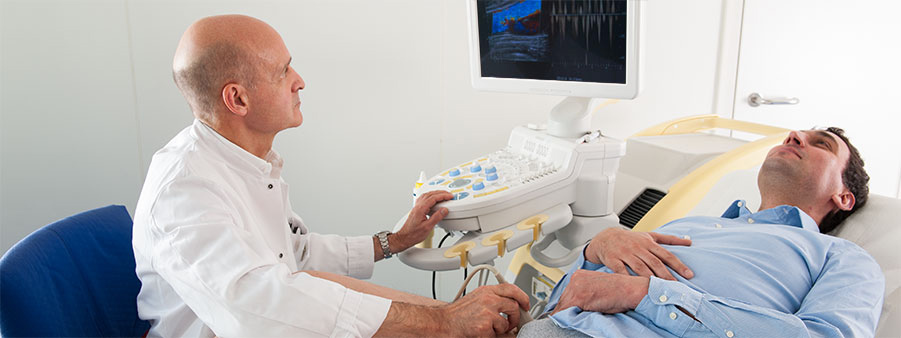VENOUS DISEASES ARE WIDESPREAD
Venous diseases, in particular varicose vein illnesses (varicosis) are very often downplayed, unlike other chronic diseases, as initially they usually do not cause any pain. However, varicose veins are not a cosmetic problem, but one that is medically-relevant.
In Germany (source: Robert-Koch Institute)
- 10% of the population have no noticeable problems
- 60% have spider veins and minor varicose veins
- 30% suffer from severe symptoms of chronic vein disease (varicose veins, fluid accumulation in the legs, venous ulcers)
- 5% suffer from thrombosis
- Each year, 100,000 people die from a pulmonary embolism due to thrombosis
The biggest opportunity to prevent the often-serious consequences of varicose veins (e.g. inflammation, thrombosis, pulmonary embolism and venous ulcers), is early examination, alongside active preventative measures, followed by the quick initialisation of specialist treatment.
What are varicose veins?
Varicose veins (varicosis) are swollen and twisted veins of the surface venal system.
How do varicose veins occur and where do they come from?
The vein walls relax and the functioning of the vein valves is reduced, particularly due to a hereditary weakness of the connective tissue. The venous blood therefore does not flow towards the heart, but backwards and collects in the legs. The blood which has not been transported away, now collect in the vein system and increases the pressure on the connective tissue of the already-weak vein wall. This vein wall continues to stretch and the valves in the vessels have more and more difficulty closing. The veins become more and more twisted and a varicose vein occurs. As this vein weakness is chronic, i.e. permanent, the illness continues.
A varicose vein illness should never be downplayed. If untreated, varicose veins can affect the quality of life and sooner or later lead to serious complications.

